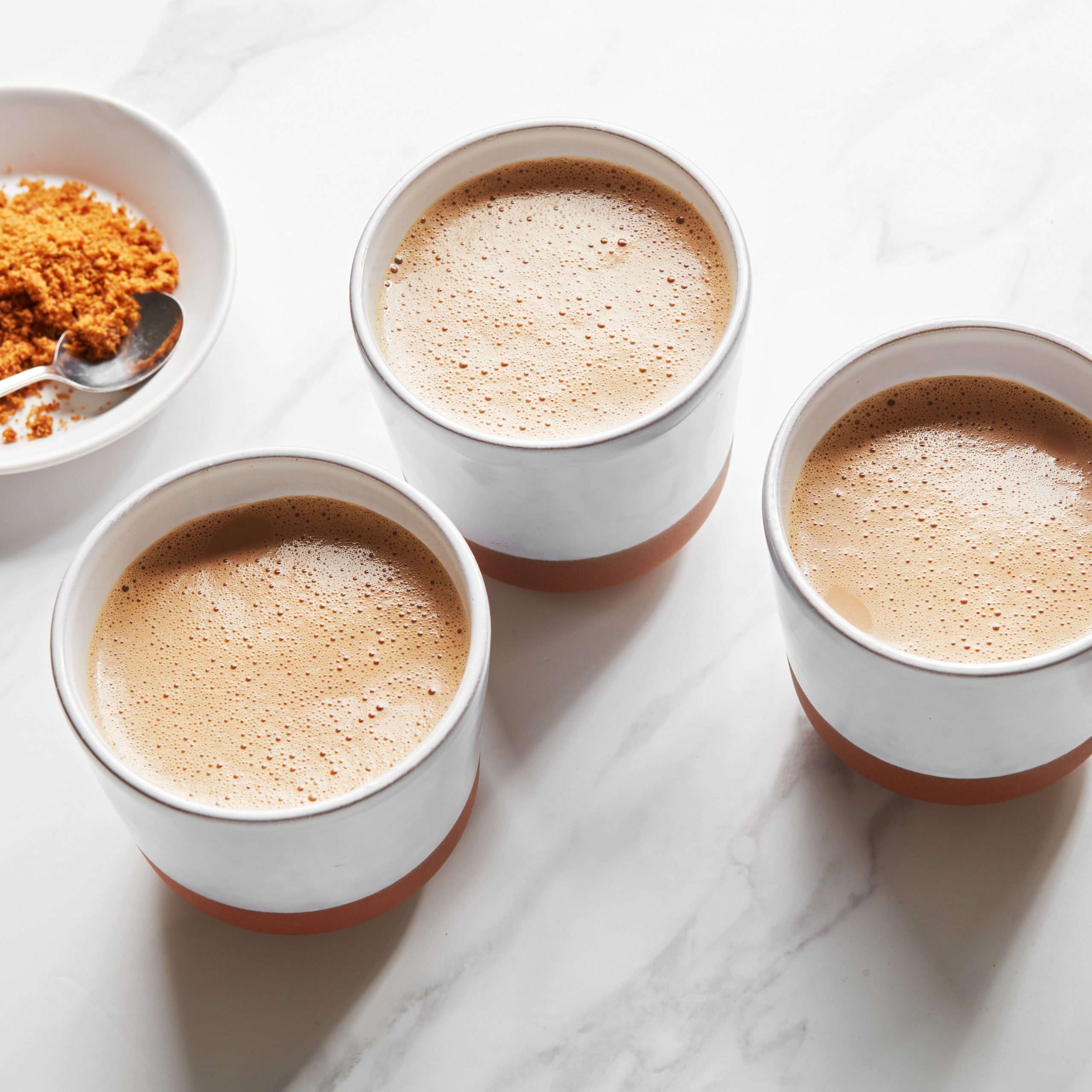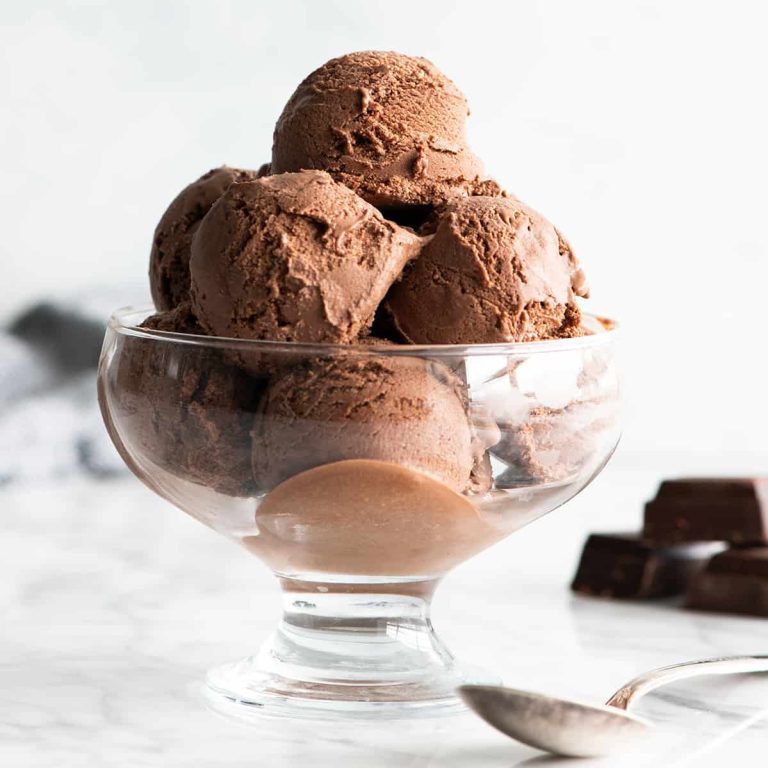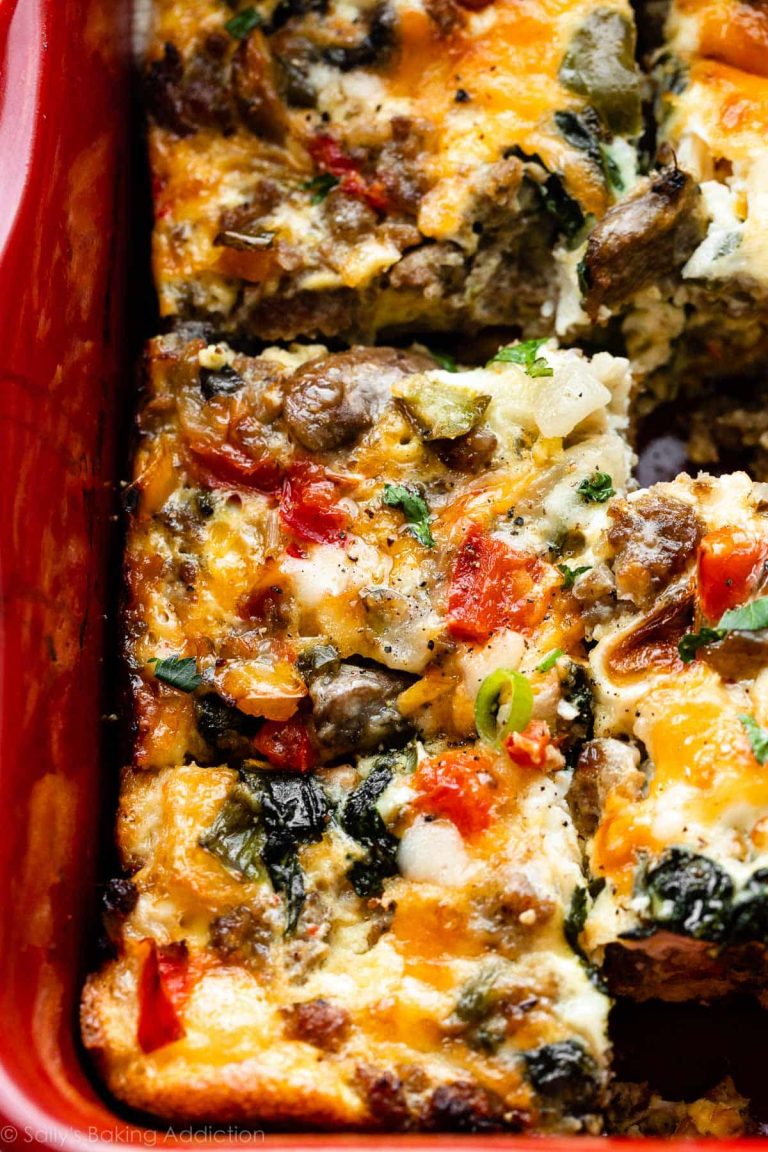Chai Tea Latte: History, Recipes, and Popular Variations for Every Taste
Chai traces its roots back over 5,000 years in India, emerging from ancient Ayurvedic traditions. Initially, it was a simple blend of spices, herbs, and milk used for its healing properties. The term “chai” means tea, but what differentiates it is the “masala” (spice mix) that includes ingredients like ginger, cinnamon, cardamom, and cloves. These spices not only added flavor but also offered medicinal benefits, aligning with Ayurvedic philosophy.
Evolution to the Latte Blend
The Chai Tea Latte, as it is known today, evolved through cultural exchanges and adaptations. British colonists introduced black tea in India during the 19th century, eventually becoming a staple ingredient in traditional chai. Fast forward to recent decades, Western cafes began popularizing the beverage by blending spiced tea with steamed milk and sweeteners, creating a creamy, frothy version that appealed to a broader audience. This evolution transformed chai from a traditional remedy to a global coffeehouse favorite, combining ancient spices with modern latte art.
Key Ingredients of Chai Tea Latte
Spices That Make the Magic
Chai Tea Latte’s distinct flavor primarily comes from its spices. You’ll often find black pepper, cinnamon, ginger, cardamom, and cloves. Cinnamon adds warmth, while ginger provides a subtle kick. Cardamom introduces a floral hint, black pepper delivers a mild spiciness, and cloves contribute depth. These spices not only enhance flavor but also offer several health benefits, such as improving digestion and reducing inflammation.
Tea and Milk Varieties
The base of a Chai Tea Latte is black tea, commonly Assam or Darjeeling. Assam tea gives a robust flavor, while Darjeeling offers a lighter, more floral taste. The choice of milk also impacts the latte’s texture and flavor. Traditional lattes use whole milk for its creaminess, but options include skim, almond, soy, and oat milk. Each milk type adds its own unique characteristics, like nutty notes from almond milk or a creamy consistency from oat milk.
Health Benefits of Chai Tea Latte
Antioxidant Properties
Chai tea latte offers antioxidant benefits from its key ingredients. Black tea, the base of chai, contains compounds like flavonoids that help reduce oxidative stress. These antioxidants combat free radicals which can damage your cells and contribute to aging and diseases. Cinnamon and cardamom add further antioxidant properties, enhancing the health benefits.
Potential for Boosting Immunity
Chai tea latte includes spices known for their immune-boosting properties. Ginger has anti-inflammatory effects, helpful in supporting your immune system. Cloves contain eugenol, a compound that helps fight infections. Cardamom and black pepper assist in digestion, indirectly supporting your overall immune health. When combined, these ingredients provide a robust defense against everyday illnesses.
Brewing the Perfect Chai Tea Latte at Home
Choosing the Right Spices
Select spices carefully to get an authentic Chai Tea Latte. Essential spices include cinnamon, cardamom, ginger, cloves, and black pepper. Fresh spices enhance the flavor better than pre-ground ones. Crush whole spices like cardamom pods and cinnamon sticks for an intensive aroma. Be mindful of the balance; too much ginger can overpower, while too little cinnamon might not provide enough warmth.
Techniques for a Rich Flavor
Brew tea for a rich flavor by starting with high-quality loose-leaf black tea. Boil water and steep the tea and spices for at least 10 minutes to ensure a strong infusion. Heat milk separately until frothy, using a frother if possible. Combine the steeped tea mixture with frothy milk in a 1:1 ratio. Sweeten the Beverage with honey or sugar to taste, mixing well before serving.
Popular Variations of Chai Tea Latte
Regional Variations Across the World
Chai Tea Latte boasts a variety of regional variations reflecting diverse cultural influences. In India, Masala Chai serves as a traditional template, blending black tea with spices like cardamom, ginger, and cloves. This version is often infused with strong, spicy notes.
In the Middle East, locals prefer a milder adaptation known as Karak Chai, which incorporates fewer spices and is sweeter, owing to the addition of condensed milk.
In Western countries, Chai Tea Latte often includes vanilla or pumpkin spice. These adaptations cater to local tastes and seasonal trends, resulting in a beverage that feels familiar yet exotic.
Vegan and Non-Dairy Alternatives
Vegan and non-dairy alternatives cater to dietary preferences and lactose intolerance. Almond milk offers a light texture and nutty flavor, making it a popular choice. Coconut milk provides a creamier consistency that pairs well with spicy undertones.
Oat milk has gained traction due to its smooth, rich texture, complementing the spices beautifully. Soy milk remains a classic option, offering a balance between creaminess and subtle sweetness.
These alternatives allow you to enjoy Chai Tea Latte without compromising on flavor or dietary restrictions.
Conclusion
Whether you’re a fan of traditional Masala Chai or prefer experimenting with popular variations like Karak Chai or pumpkin spice, the Chai Tea Latte offers a versatile and flavorful experience. Embracing vegan and non-dairy options ensures that everyone can enjoy this comforting beverage. By mastering the art of brewing at home, you’ll be able to craft a perfect cup tailored to your taste. So, go ahead and indulge in a Chai Tea Latte that suits your palate and lifestyle.






